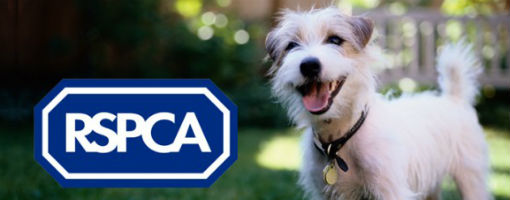Trustees should ensure safeguarding is a key governance priority and take steps to ensure no one who comes into contact with their charity suffers “distress or harm”, the Charity Commission has warned.
As part of a new safeguarding strategy, the Commission has stressed the importance of safeguarding among all charities, not just those working with groups who are “traditionally considered at risk”.
The strategy explains that trustees should ensure their charity provides a safe environment for staff, volunteers and anyone who comes into contact with it.
Furthermore, it emphasises that safeguarding goes “beyond preventing physical abuse, and includes protecting people from harm generally, including neglect, emotional abuse, exploitation, radicalisation and the consequences of the misuse of personal data”.
“Where a charity funds other organisations, such as overseas partners, that work with children or adults at risk, its trustees should carry out appropriate due diligence so that they can be confident that their partner has in place appropriate safeguarding policies and procedures,” the Commission said.
It specifies that safeguarding is one of the three main areas of risk that the regulator prioritises, as well as fraud and financial abuse and mismanagement and the extremist and terrorist abuse of charities. It further states that trustees “always remain responsible” for safeguarding, even if some aspects of it are delegated to staff.
Charity Commission monitoring and enforcement director of investigations, Michelle Russell said what trustees need to do in practice will depend on their charity’s circumstances.
“The public rightly expect all charities to be safe environments, so all trustees should make safeguarding a governance priority,” she said.
“Of course, what trustees do in practice will depend on the context of their charity’s work, and trustees should take a proportionate approach. Charities working with vulnerable groups such as children and adults at risk for example, will need to ensure their safeguarding policies and practices comply with relevant safeguarding legislation and regulations.
“But all trustees should think about the people that come into contact with their charity and consider the steps they can take to prevent them from coming to harm.”
She added that recent accusations of harassment in the work place, including against some charities, “demonstrate how vital it is that trustees are alive to the need to protect and safeguard all those involved in or affected by their work”.
The Commission recently found that some veterans’ charities were not taking adequate steps to protect their beneficiaries; the Commission says this was, in part, because the trustees “did not consider certain veterans as being vulnerable”.
The new strategy sets out the Commission’s approach to safeguarding, and explains what trustees’ charity law duties mean in the context of safeguarding. It replaces a previous strategy.
Latest News
-
2025: A year in the news
-
Funder launches initiative to improve charity board diversity
-
National Trust's former legal counsel takes senior role at charity regulator
-
2025: The long-reads
-
Government ‘slow to tweak’ consumer law to protect charities, MP warns
-
City of Culture charity to be supported for further two years
Charity Times video Q&A: In conversation with Hilda Hayo, CEO of Dementia UK
Charity Times editor, Lauren Weymouth, is joined by Dementia UK CEO, Hilda Hayo to discuss why the charity receives such high workplace satisfaction results, what a positive working culture looks like and the importance of lived experience among staff. The pair talk about challenges facing the charity, the impact felt by the pandemic and how it's striving to overcome obstacles and continue to be a highly impactful organisation for anybody affected by dementia.
Charity Times Awards 2023
Mitigating risk and reducing claims

The cost-of-living crisis is impacting charities in a number of ways, including the risks they take. Endsleigh Insurance’s* senior risk management consultant Scott Crichton joins Charity Times to discuss the ramifications of prioritising certain types of risk over others, the financial implications risk can have if not managed properly, and tips for charities to help manage those risks.
* Coming soon… Howden, the new name for Endsleigh.
* Coming soon… Howden, the new name for Endsleigh.
Better Society

© 2021 Perspective Publishing Privacy & Cookies










Recent Stories